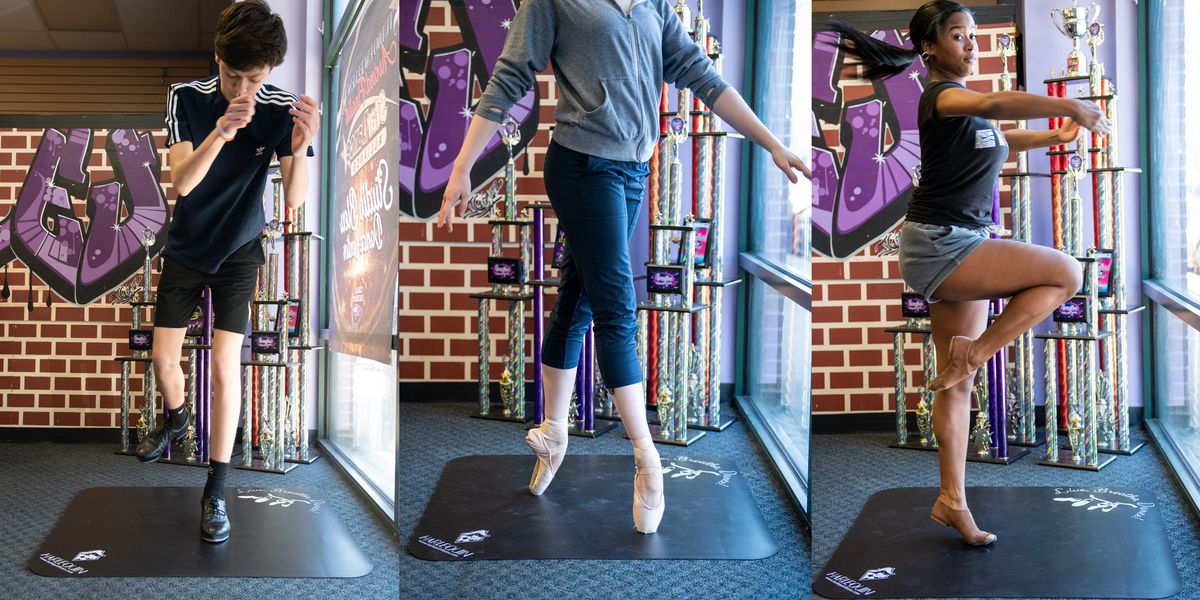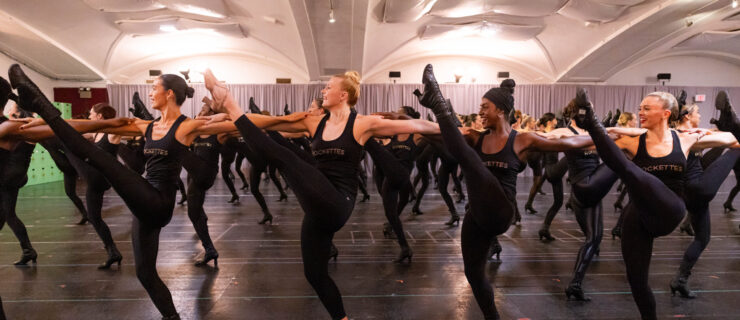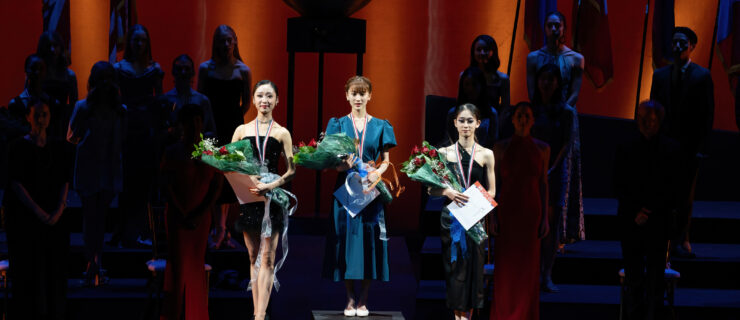How Turning Boards and Practice Mats Can Revolutionize Your Dance Training
When it comes to equipment, dancers don’t need much—just shoes and whatever can fit in their dance bag. But between rehearsals in the studio and performances on stage, one major piece of equipment often goes overlooked—the floor.
Dancers too often find themselves warming up on the concrete or carpet backstage, or wanting to practice in a location without a proper floor. For years, Harlequin Floors has offered a solution to this problem with its innovative turning board, offering a portable and personal floor that can be flipped between marley and wood. Now, they’ve revolutionized portability again with their practice mat, offering dancers the option to roll up their own personal floor and sling it over their shoulders like a yoga mat.
We spoke with experts from every corner of the dance industry to see how Harlequin‘s products have become their everyday essentials:

Safety is key.
“I see a lot of photography where dancers are asked to shoot on surfaces that are unsafe,” says dance photographer Chris Stark, who is a dance dad of two. Having access to Harlequin‘s flooring off-site with the turning board and practice mat satisfies his number-one priority. “I can take them on-location to help preserve dancers’ safety,” Stark says.
Physical therapist Holly Burns uses the practice mat at her clinic with dancers for similar reasons. “I’ve seen a lot of videos on social media of dancers practicing at home on their kitchen floor, and you can see them slipping,” she says. Similarly, Ashley Allen of Dance Physio & Training takes her Harlequin practice mat to work with dancers in high schools, theaters, studios, and in her own home, and appreciates having a consistent surface that’s a slip-resistant option for dancers.

Chris Stark
The injuries that can occur from practicing on an improper floor include sprained ankles and strained hamstrings, knees, and Achilles tendons, says Allen. Not to mention the likelihood of slips and falls on unsafe floors, which can result in injuries as dangerous as concussions and bone fractures, says Burns.

It pays to practice on the real thing.
When shooting dance competitions, Stark often sees dancers preparing on concrete and linoleum backstage before performing. “It’s just not a good emulation of the surface they’ll be performing on,” he says, noting that the studio he works with—Studio Bleu in Ashburn, Virginia—solved this problem by using Harlequin’s turning board backstage.
Andile Ndlovu, a dancer with The Washington Ballet, finds a similar need before his performances. With convenient and portable Harlequin flooring, “your warm-up is in your hands,” he says. “If there are too many people in one place warming up, or if you want to be in another part of the theater, you can go there.”
Indeed, to optimize your performance, wouldn’t it make sense to always practice on the same surface you’ll encounter on the stage? Harlequin‘s vinyl dance floors—which were developed specifically for dancers—are used by top companies around the world, from the Paris Opéra Ballet to the Bolshoi Ballet to American Ballet Theatre. Having a personal, lightweight version of the floor means you have constant access to professional flooring—and most likely what you’ll encounter at any high-tier performance setting.

Chris Stark
Allen has noticed that dancers are more confident on her practice mat because they’re working on a high-quality and familiar surface. “If they have an injury, I know exactly how they’re feeling that day because they’re not holding back,” she says.
Since Burns got her practice mat, she has had many dancers ask about getting one themselves to practice turning on their own. It’s large enough to prep for pirouettes in a wide fourth position, giving the dancer the proper simulation they need for turns. “It’s also perfect for making sure you’re not traveling too much in your fouettés,” she says.

They’re made for use.
Harlequin
‘s turning board and practice mat are meant to be used anywhere and any day. Kaycee Jones, co-founder of Apolla Performance Wear, uses Harlequin’s turning board at conventions to give dancers a proper surface to try their signature Shocks. “We got the turning board over four years ago, and it’s been shipped all over the country,” Jones says. Even after extensive traveling and hosting countless dancers, “the durability of the marley and wood is still fantastic.”




